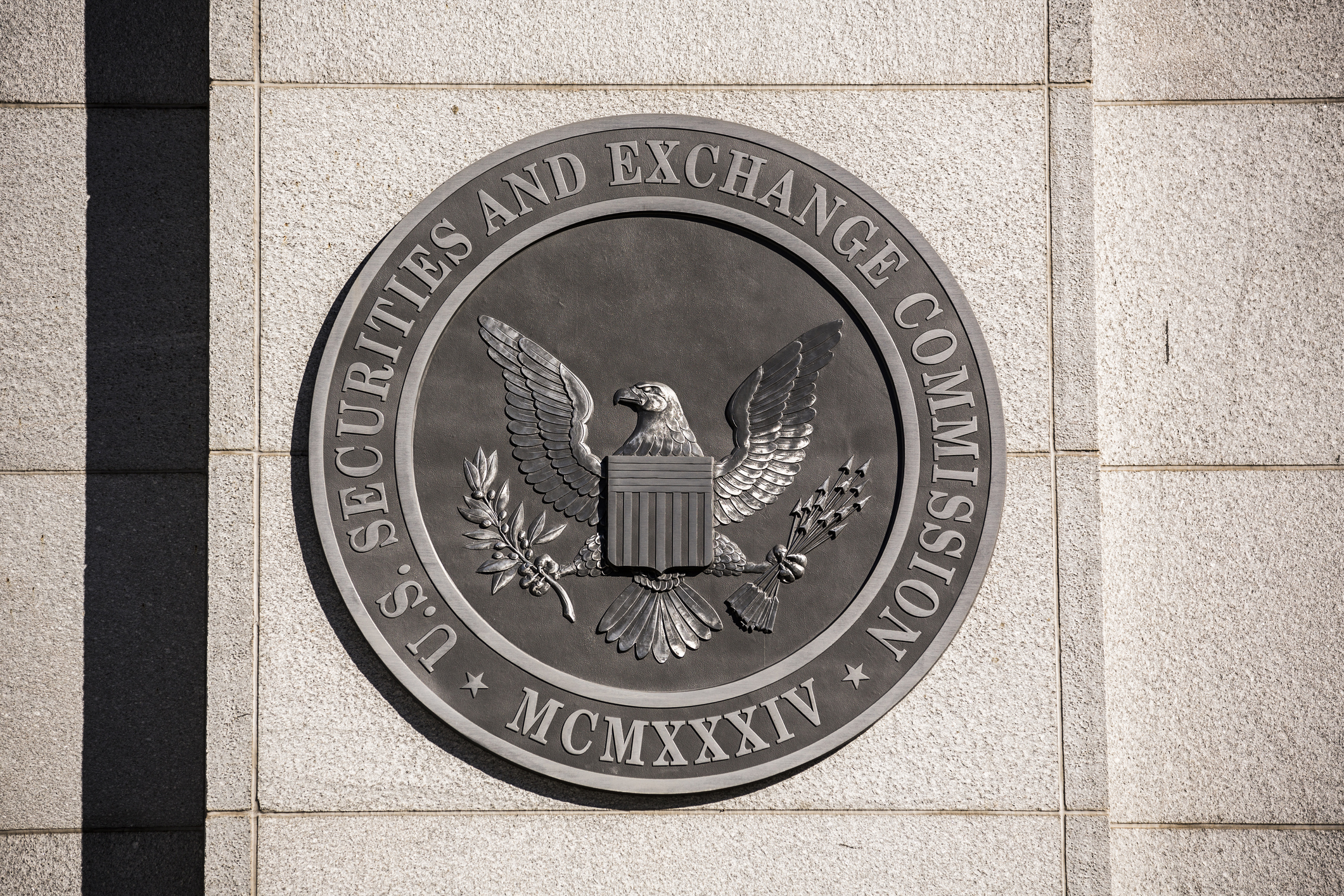Participation in Employer Sponsored Retirement Plans Falls
One big trend is: no job, no 401(k). But even among the employed, participation is down.

More evidence that Americans aren't saving enough for their retirement: Workers' participation in 401(k)s is down, both in absolute terms and as a share of the workforce. After hitting a high of 54.6 million full-time workers in 2000, participation slipped to 48.4 million last year, according to research by the Employee Benefit Research Institute (EBRI).
The number is expected to continue to drop. By 2012, only about 50% of workers will be taking part in the employer sponsored plans, down from 54.4% this year and 59.8% in 2000.
Unemployment is weighing heavily on workers' ability to save for retirement. The number of workers participating in employment-based retirement plans hit its lowest level since 1997. This is largely attributable to the decline in the number of workers as unemployment hovers around 10%.
From just $107.88 $24.99 for Kiplinger Personal Finance
Become a smarter, better informed investor. Subscribe from just $107.88 $24.99, plus get up to 4 Special Issues

Sign up for Kiplinger’s Free Newsletters
Profit and prosper with the best of expert advice on investing, taxes, retirement, personal finance and more - straight to your e-mail.
Profit and prosper with the best of expert advice - straight to your e-mail.
A decline in the availability of employer sponsored plans is another cause. Just 61.8% of employers offered plans to full-time employees last year, compared with 68.6% in 1999. Many private sector employers have done away with traditional defined benefit pension plans, and in the recent recession, many have frozen or cut matching contributions, reducing the incentive to participate.
"This trend has important implications for workers, since having more opportunities to participate in an employment-based retirement plan greatly increases the amount of money a retiree is likely to have in retirement," says Craig Copeland, senior research associate at EBRI.
On the bright side, the number of hardship withdrawals and loan requests remains steady. Neither is expected to grow significantly over the next year, demonstrating the commitment of participants to stay the course in saving for retirement.

Still, lawmakers are worried. Sen. Tom Harkin (D-IA), chairman of the Senate Committee on Health, Education, Labor and Pensions, is promising a hard look next year at the impact of firms shifting from defined benefit to defined contribution plans. "We are facing a future where no one other than the rich will have the opportunity for a safe and secure retirement," he said at a committee hearing in October.
"People that work hard for their entire lives will find themselves teetering on the brink of poverty, unable to pay the basic costs of living," he said. "That is going to have drastic consequences for families and our country as a whole."
But solutions will likely be elusive. One proposal, by Sen. Jeff Bingaman (D-NM) and Rep. Richard Neal (D-MA), would require employers to put up to 3% of workers' pay in an IRA if employees aren't offered an employer sponsored plan. Republicans will fight the proposal, arguing that it would be burdensome to small businesses.
The problem will also complicate discussions over larger retirement issues, including the already thorny subjects of Social Security and Medicare benefits. It's clear that "the system is failing many Americans, and that the 'three-legged stool' of retirement security -- private pensions, personal savings and Social Security -- has gotten awfully wobbly," Harkin said at the October hearing.
Profit and prosper with the best of Kiplinger's advice on investing, taxes, retirement, personal finance and much more. Delivered daily. Enter your email in the box and click Sign Me Up.

-
 'Humbug!' Say Consumers, Despite Hot GDP: Stock Market Today
'Humbug!' Say Consumers, Despite Hot GDP: Stock Market Today"The stock market is not the economy," they say, but both things are up. Yet one survey says people are still feeling down in the middle of this complex season.
-
 The SEC Is Concerned for Older Investors and Retirement Savers. Here's What You Should Know
The SEC Is Concerned for Older Investors and Retirement Savers. Here's What You Should KnowThe SEC focusing on older investors, retirement and college savers, and private securities. Here's how those changes impact you.
-
 Vesting, Catch-Ups and Roths: The 401(k) Knowledge Quiz
Vesting, Catch-Ups and Roths: The 401(k) Knowledge QuizQuiz Test your understanding of key 401(k) concepts with our quick quiz.
-
 Disney’s Risky Acceptance of AI Videos
Disney’s Risky Acceptance of AI VideosThe Kiplinger Letter Disney will let fans run wild with AI-generated videos of its top characters. The move highlights the uneasy partnership between AI companies and Hollywood.
-
 AI Appliances Aren’t Exciting Buyers…Yet
AI Appliances Aren’t Exciting Buyers…YetThe Kiplinger Letter Artificial intelligence is being embedded into all sorts of appliances. Now sellers need to get customers to care about AI-powered laundry.
-
 What to Expect from the Global Economy in 2026
What to Expect from the Global Economy in 2026The Kiplinger Letter Economic growth across the globe will be highly uneven, with some major economies accelerating while others hit the brakes.
-
 The AI Boom Will Lift IT Spending Next Year
The AI Boom Will Lift IT Spending Next YearThe Kiplinger Letter 2026 will be one of strongest years for the IT industry since the PC boom and early days of the Web in the mid-1990s.
-
 Amid Mounting Uncertainty: Five Forecasts About AI
Amid Mounting Uncertainty: Five Forecasts About AIThe Kiplinger Letter With the risk of overspending on AI data centers hotly debated, here are some forecasts about AI that we can make with some confidence.
-
 Worried About an AI Bubble? Here’s What You Need to Know
Worried About an AI Bubble? Here’s What You Need to KnowThe Kiplinger Letter Though AI is a transformative technology, it’s worth paying attention to the rising economic and financial risks. Here’s some guidance to navigate AI’s future.
-
 Will AI Videos Disrupt Social Media?
Will AI Videos Disrupt Social Media?The Kiplinger Letter With the introduction of OpenAI’s new AI social media app, Sora, the internet is about to be flooded with startling AI-generated videos.
-
 What Services Are Open During the Government Shutdown?
What Services Are Open During the Government Shutdown?The Kiplinger Letter As the shutdown drags on, many basic federal services will increasingly be affected.